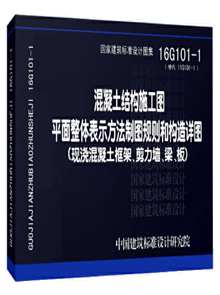我们帮大家精选了Python相关的编程文章,网友董静慧根据主题投稿了本篇教程内容,涉及到Python、二叉树相关内容,已被439网友关注,涉猎到的知识点内容可以在下方电子书获得。
本文实例讲述了Python简单定义与使用二叉树的方法。分享给大家供大家参考,具体如下:
class BinaryTree:
def __init__(self,rootObj):
self.root = rootObj
self.leftChild = None
self.rightChild = None
def insertLeft(self,newNode):
if self.leftChild == None:
self.leftChild = BinaryTree(newNode)
else:
print('The leftChild is not None.You can not insert')
def insertRight(self,newNode):
if self.rightChild == None:
self.rightChild = BinaryTree(newNode)
else:
print('The rightChild is not None.You can not insert')
构建了一个简单的二叉树类,它的初始化函数,将传入的rootObj赋值给self.root,作为根节点,leftChild和rightChild都默认为None。
函数insertLeft为向二叉树的左子树赋值,若leftChild为空,则先构造一个BinaryTree(newNode),即实例化一个新的二叉树,然后将这棵二叉树赋值给原来的二叉树的leftChild。此处递归调用了BinaryTree这个类。
若不为空 则输出:The rightChild is not None.You can not insert
执行下述语句
r = BinaryTree('a')
print('root:',r.root,';','leftChild:',r.leftChild,';','rightChild:',r.rightChild)
输出
root: a ; leftChild: None ; rightChild: None
即我们构造了一颗二叉树,根节点为a,左右子树均为None
然后执行下述语句
r.insertLeft('b')
print('root:',r.root,';','leftChild:',r.leftChild,';','rightChild:',r.rightChild)
print('root:',r.root,';','leftChild.root:',r.leftChild.root,';','rightChild:',r.rightChild)
输出
root: a ; leftChild: <__main__.BinaryTree object at 0x000002431E4A0DA0> ; rightChild: None
root: a ; leftChild.root: b ; rightChild: None
我们向r插入了一个左节点,查看输出的第一句话,可以看到左节点其实也是一个BinaryTree,这是因为插入时,递归生成的。
第二句输出,可以查看左节点的值
最后执行
r.insertLeft('c')
输出:
The leftChild is not None.You can not insert
可以看到,我们无法再向左节点插入了,因为该节点已经有值了
希望本文所述对大家Python程序设计有所帮助。












